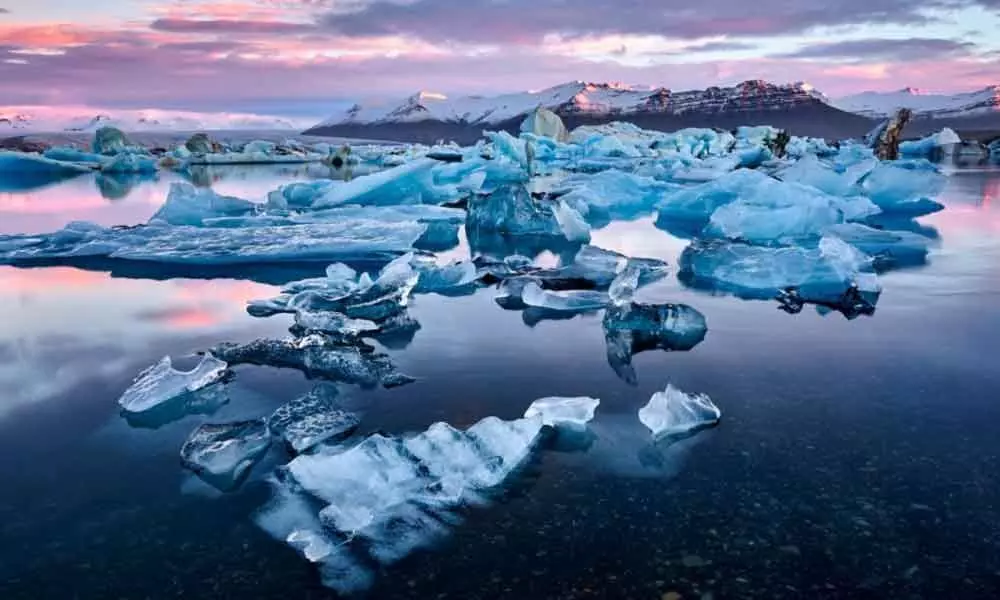Live
- Hyderabad Biryani's reputation is at risk: Cigarette Butts, Bugs, and More
- Jabardasth Varsha Launches Vivo Y300 5G Mobile in Hyderabad
- Rains continue in Tamil Nadu, standing crops hit in Cauvery delta areas
- EAM Jaishankar meets Italy's counterpart during G7 Foreign Ministers' Meeting
- Parliamentary Committee on Waqf bill to meet today
- Delhi-NCR air quality deteriorates as AQI nears 'severe' levels
- Telangana Government Issues Clarity Over Zilla Parishads Confusion
- AP Dy. CM Pawan Kalyan Condemns Arrest of ISKCON Preacher in Bangladesh
- In LS today, FM Nirmala Sitharaman to move Bills to amend banking laws
- Gold rates in Hyderabad today surges, check the rates on 27 November, 2024









